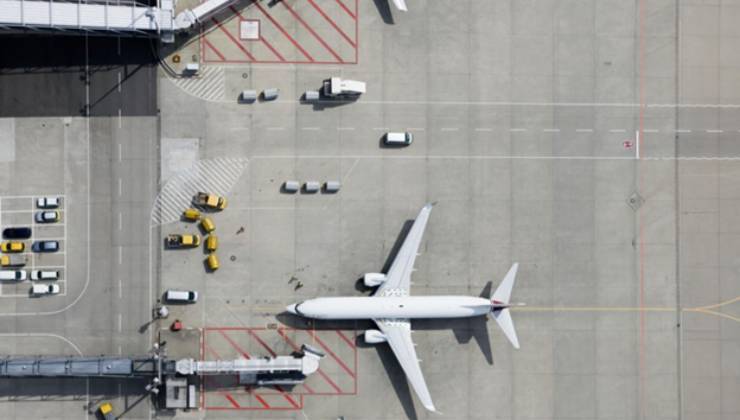The U.S. trucking industry is running into a problem it can’t simply out-hire. According to the...
Air Cargo Prices are Falling - What That Means for Logistics Operations

The air cargo market is losing altitude and fast.
August just marked the fourth straight month of falling spot rates, with global prices down 3% year-over-year to $2.55 per kilogram. Southeast Asia to North America lanes took the hardest hit, dropping 11%. And even lucrative corridors showing YoY increases, like Northeast Asia to North America, are masking deeper turbulence below the surface.
At first glance, it might sound like good news for shippers. Cheaper freight? What’s not to love?
But here’s the catch: lower rates are the symptom – not the solution.
⚠️ Behind the Drop: Soft Demand, Tariff Jitters, De Minimis and Shaky Confidence
Air freight capacity finally outpaced demand in June after 19 months of tension. The cause? A mis of excess space, fragile consumer confidence, and growing unease over tariff policy, especially with the U.S. lifting temporary suspensions on country-specific tariffs on August 1st and the de minimis loophole closing.
And it’s not just the demand that’s softening:
- The global load factor – a key measure of cargo space utilization – fell to 56%, down two points. YoY.
- Mid-term contracts are spiking as shippers ditch annual deals for flexibility.
- Nearly half of freight forwarders are sticking to the spot market, hoping prices fall even further.
What about peak season? It’s looking more like a gamble than a guarantee. 🚨
🔁 In a Chaotic Market, eBoL Offers a Reprieve
Amidst rate volatility and shifting demand, one thing hasn’t changed: paperwork is still a bottleneck – especially in air cargo’s downstream workflows. You’d be surprised to know that over 20M paper documents are airfreighted from China to the US each month to handle port pickups.
That’s where Aquatio steps in.
Aquatio helps logistics operators move away from stacks of paper bills of lading and toward seamless electronic BOLs (eBOLs). It’s a game-changer for everyone involved:
- Drivers spend less time sorting paperwork and more time on the road
- Fulfillment teams gain visibility into inbound shipments before they arrive
- Carriers and shippers reduce errors, delays, and manual data entry
- The environment benefits from less paper wasted and cleaner audits
In a market where every minute and every margin counts, digitizing documentation isn’t just convenient – it’s strategic.
📦 Why This Matters Now
With the air cargo market entering an unpredictable second half of the year, operational clarity is a must. While pricing contracts shrink and forecasts wobble, tools like eBoLs give teams something solid to stand on.
Aquatio helps bring order to the post-flight chaos. We connect air freight cargo to the people, platforms, and processes that keep supply chains moving, without the paperwork clutter.
Because in today’s market, speed isn’t enough. You need visibility, traceability, and simplicity, too.
Let’s bring clarity to air cargo, one flight at a time.
For more information on Aquatio Software, visit our website or reach out to Juan Cora on LinkedIn.


